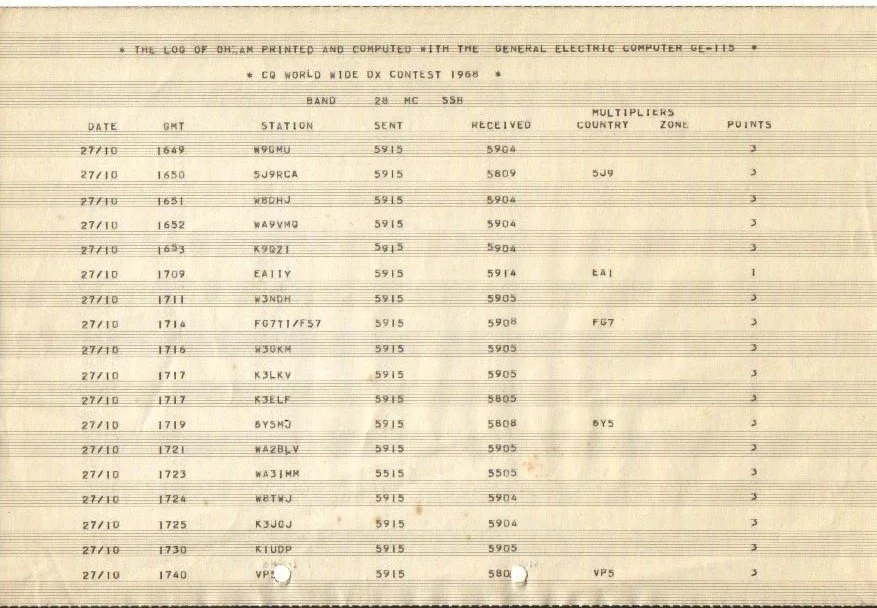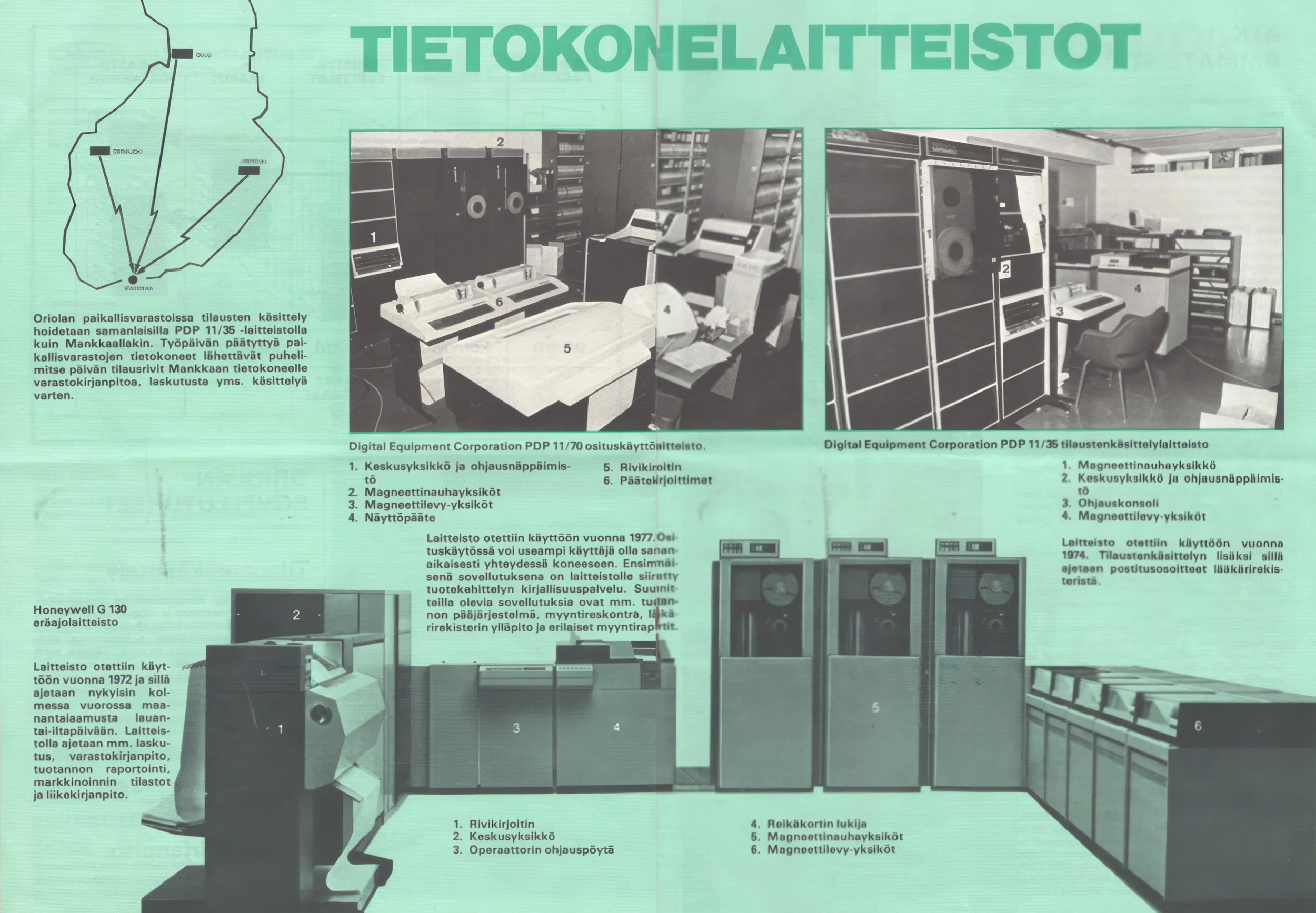Pioneering QSL Card Automation
One thing I didn’t see coming is how, once a book has been published, new stories keep surfacing that I wish had been included. It’s a constant struggle!
Sometimes, as Atlas of QSL Cards notes, there is a need to send high volumes of QSL cards to recipients. Dispatching hand-written cards to thousands of logged contacts after a contest is a Herculean task. For those of us who are not amateur radio operators, imagine you have a logbook of all the contacts you’ve made over radio. It includes details like the date, time, and quality of signal. Let’s say there are 10,000 entries in that logbook. You need to send a personalised QSL card to confirm each one of those contacts. Daunting, isn’t it?
At the book’s launch event, Olli Rissanen (OH2BBM/OH0XX), an original member of the OH2AM radio collective, shared a fascinating piece of history related to this. Once again, it became clear just how ahead of their time amateur radio operators can be.
After the 1968 CQ WW Contest, OH2AM was faced with the very task of handling an overwhelming volume of QSL cards to send. At the time, Olli was already at the forefront of the computer revolution, and a lightbulb moment occurred: he could put his technology expertise to work. Let’s peek into his diary to get the story in his own words.
From the OH2BBM Diary:
The Dawn of Electronic Data Processing (EDP/ATK, nowadays known as IT) in Ham Radio at OH2AM
After my short but successful career as a Radio Officer both at Helsinki Radio, OFJ, and on M/S Vaasa Leader, OGFW, I found myself in 1968 as a programmer at Rautatiekirjakauppa Oy, nowadays known as R-Kioski, owned, of course, by Norwegians.
At that time, the only two methods to enter data into computer files were either punched cards or punched paper tape. A certain resemblance between the punched and QSL cards gave the idea to use punched cards both for the data entry of contact (QSO) information and the QSL card.
Rautatiekirjakauppa Oy, or Rautakirja, a newspaper and magazine wholesale company, bought a Honeywell GE-115 computer in 1967 to manage its distribution and invoicing. I got permission to use the computer and the data-entry personnel (at that time called tallentajat in Finnish) and programmed an application in GE-115 assembler language to produce and print the OH2AM contest log.
As external data storage, magnetic tapes were used to store QSO files—there were no discs available yet.
The end result was the first computer-produced and printed ham radio contest log in the world. Some 10,000 punched-card QSLs were sent out via the SRAL QSL bureau to confirm the contest QSOs.
I went back to Olli for more information, and here’s the actual printed page from the logs, it’s from the 1968 CQ WW DX Contest, the year OH2AM brought the CQ WW win to Finland!
And the QSL card? The chances of having a similar computer setup at home in 1968 were slim. Looking back, I can’t help but wonder: how did they even read those punched cards? The Honeywell GE-115 computer room (konesali as it was called) at Rautakirja was over 100m². Luckily, no need for such monstrous machine in your garage: when the data was punched, the machine also printed it on the top for easy reading.
A photo of the Honeywell GE-115 (GE-120) system at Oriola OY in Espoo, 1972.
OH2AM not only tackled the challenge of punching thousands of QSL cards but also went on to win the entire contest that year. It’s a proud moment to spot my father’s call sign, OH2BBR, in these summary sheets!
©️Copyright Laura Piipari 2024




